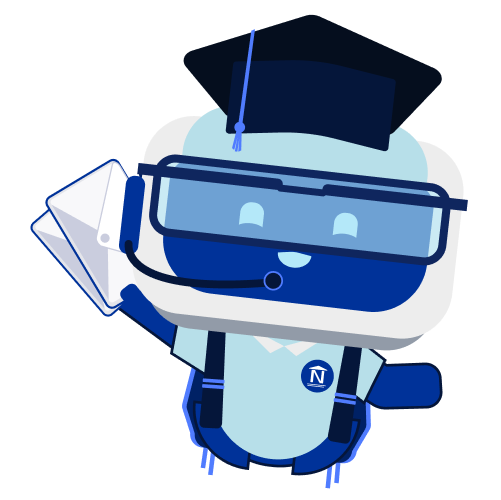Dental hygiene is a Commission on Dental Accreditation (CODA) accredited associate of applied science degree program that is designed to prepare students to work as an integral part of a dental team.
As licensed professionals, dental hygienists provide a variety of educational and health care services to the public, including:
cleaning and polishing teeth; applying preventive agents such as fluorides and sealants; exposing and processing radiographs; educating patients in the prevention of oral diseases; instructing patients in home care procedures; removing hard and soft deposits from teeth; providing nutritional counseling; administering nitrous oxide sedation and local anesthesia; and performing other preventive patient services.
Students have direct patient contact in the University of Cincinnati Blue Ash College (UCBA) Dental Hygiene Clinic. The UCBA Dental Hygiene Clinic is open to the public and provides dental hygiene services, charging a nominal fee to cover equipment and supplies.The UCBA Dental Hygiene Program is structured in accordance with accreditation requirements stipulated by the CODA of the American Dental Association.
Upon successful completion of the two academic years, graduates are eligible to take national, regional, state and local anesthesia written and clinical licensure examinations.Graduates can be employed in general/family, pediatrics, or periodontal practices, hospitals, public health clinics, research institutions, public schools, business and industry, or the armed forces.SuccessStudents who succeed in the dental hygiene program have a strong science background.
They are effective time managers, adept at setting priorities, possess effective organizational skills and demonstrate a willingness to work hard, think critically and communicate in a professional manner. Oral and written communication skills are essential. Specific physical requirements are necessary to perform dental hygiene functions.
A dental hygienist must have use of both hands, dexterity in the fingers and tactile sensitivity to manipulate dental instruments, materials, dental handpieces, and operate dental equipment. The use of feet is necessary to manipulate the rheostat for handpieces and other adjunct dental equipment. The student must be able to work from a dental operator’s stool in order to perform dental hygiene procedures. The ability to sit and stand for durations of time is also necessary.
Other specific requirements include: color discrimination (differentiation of various shades of color and gradations from black to white); manual dexterity/motor coordination (discern changes in surface textures by manipulating dental instruments, control exertion of hand/finger pressure); eye-hand coordination (transfer of visual input into motor output); physical communications (perceive sound through telephone, hear commands through operator s face mask, hear oral communication from patients, discern blood pressure sounds); visual acuity (identify the working ends of various dental instruments and implements at a 2 foot distance); form/spatial ability (view in 3 dimensional relationships, distinguish subtle changes from one form or shape to another, discriminate intricate measurements); language development (communicate clearly so that patient understands his/her dental/oral condition).












